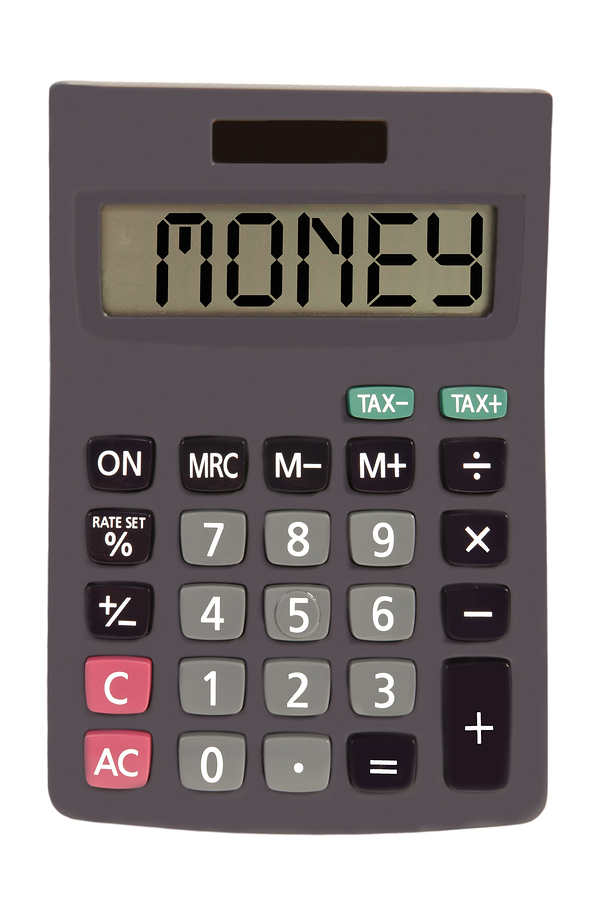Manage Your Debt - Let's Explore Your Options
GET STARTED NOWTips for Managing Spending

Managing spending and keeping up with your budget can be difficult tasks, but there are ways to make it easier to manage your spending, reach your financial goals and improve your financial well-being.
- Improving your financial well-being means you:
- Have more control over day-to-day, month-to- month finances.
- Have a greater cushion to absorb a financial shock.
- Are getting on track to meet your financial goals.
- Have more financial freedom to make the choices that allow you to enjoy life.
This worksheet helps you recognize common spending challenges and come up with ways you can take action to manage your spending.
Step 1: Identify Spending Challenges
Which of these common spending challenges apply to you? Check those that apply to you.
- I don’t track or budget my income and spending because it’s a hassle.
- I have tried to use a budget, but tracking my income and spending is too complicated and/or takes too much time.
- I struggle to pay my bills and expenses because I have inadequate or irregular income.
- When I overspend, I often think I can spend less later to make up for it, but I find it’s hard to do.
- I don’t think about the money I spend when using my debit or credit card to make purchases.
- I like to treat myself and others occasionally even if I can’t afford it.
- My financial situation is discouraging, so I avoid thinking about it.
If you’ve checked one or more of these boxes, try out some of the tips below to better manage your spending.
Step 2: Address Spending Challenges
1. Start by getting a handle on where all your money goes. Track your spending for a week or a month to see how much you’re spending in different categories.
2. Create a budget. Decide how much money you can set aside or save for special occasions so that you can enjoy life without overspending.
3. Decide how much to spend. Set a weekly spending limit based on your budget for small purchases that can add up and keep you from achieving your aspirations. Consider setting aside cash for these purchases at the beginning of the week and not spending more than you set aside. Check your balances before going shopping, and set a spending limit based on your budget.
4. Keep track of where you are. Compare your actual spending to your budget, at least monthly or more frequently if possible. Make adjustments to your budget if it is habitually out of line with your actual spending. Check your balances regularly on accounts, credit cards, and prepaid cards. You can check your balances online, at an ATM, on your smartphone, or by calling your bank or credit union. Be aware that these services may incur fees—check first with your financial service provider. Also, sign up for balance alert text message services from your financial institution.
Step 3: Create a Personal Plan for Managing Spending
Steps I will take to manage my spending: Pick one or more of the solutions above or come up with your own ideas.
1.
2.
3.
4.
Managing finances requires an ongoing effort. To be successful, revisit your budget often and remember, you have a valuable asset in your toolbox—American Financial Solutions. For more tips on budgeting, repaying debt or ideas for saving, contact us today online or by telephone.
Source: Consumer Financial Protection Bureau, Consumer Tips for Managing Spending.
Published Nov 28, 2017.
